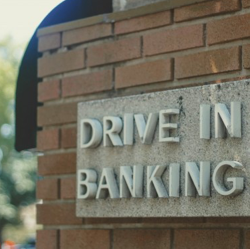
Bank Your Own Stem Cells
If having cancer isn’t bad enough, here is some potentially more disturbing news for cancer survivors. Cancer patients who have received chemotherapy or radiation therapy are at significantly higher risk of developing myelodysplatic syndrome (MDS) and acute myleogenous. leukemia (AML). Banking your own stem cells can be extremely beneficial in treating these two bone marrow diseases.
What is tMDS/AML?
MDS or AML that occur after receiving prior cancer treatments are said to have tMDS/AML which stands for treatment-related MDS and AML. Breast cancer patients under 65 years of age who were treated with radiation therapy and/or chemotherapy are 11 times more likely develop MDS and five times more likely to develop AML compared to the general population.
Another study on over 700,000 cancer survivors showed that having chemotherapy increased the relative risk of developing tMDS/AML by 10-fold. This increased risk applied to 22 of 23 cancers that were study with colon cancer being the only exception.
But here is where the news goes from bad to worse. Treatment-related MDS and AML are more difficult to treat than MDS or AML that is not cancer treatment related. The outcomes in tMDS/AML are poor with shorter survival times.
Bone Marrow Transplantation
The really only treatment in these cases is a bone marrow transplant. Though performed frequently bone marrow transplantation is a challenging procedure and carries mortality risk ranging from 23% to 61% and the median five-year survival ranges from 22% to 38%.
The major complication following bone marrow transplantation is graft versus host disease. This is where the transplanted or donate bone marrow (stem) cells attack to patient’s body. Treatment to prevent or minimize graft versus host reactions requires suppression of the recipient’s immune system.
Graft versus host disease is minimized by having an optimal donor. The most optimal donor is an identical twin (how many of us have one of those?) or the patient himself or herself. We will get back to that.
If no optimal donor is available then the goal is to find a compatible donor which can be identified from national marrow registries. But, finding a compatible donor varies for racial and ethnic groups.
Whites of European descent have a 75% of finding a compatible donor. Black Americans only have a 16% to 19% chance of finding a compatible donor. The chance of finding a compatible donor for Hispanics, Asians, and native Americans ranges from 27% to 52%.
Banking Own Stem Cells
So as you can see there needs to be a better solution. And, there is. Autologous stem cells. Those are one’s own stem cells. Before receiving treatment for cancer, cancer patients can save their healthy stem cells removed, have them frozen, and banked (stored) for future transplantation use if needed.
To do this, stems cells are mobilized from the bone marrow (via medication) and then collected from the blood. This process leads to a 400 fold increase in stem cells and 14 fold increase in immune cells.
Since these cells come from the patient there is no risk of graft versus host disease.
You don’t have to be a cancer patient to consider storing your stem cells. Stem cell therapies are being studied in the treatment of nearly every medical problem today. Collecting and storing your stem cells when you are younger increases the effectiveness stem cells if and when needed in the future.
